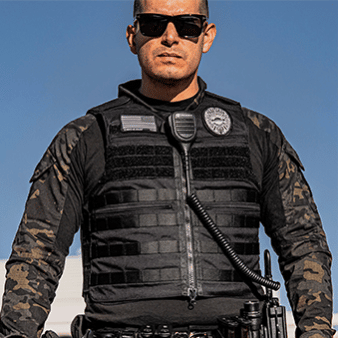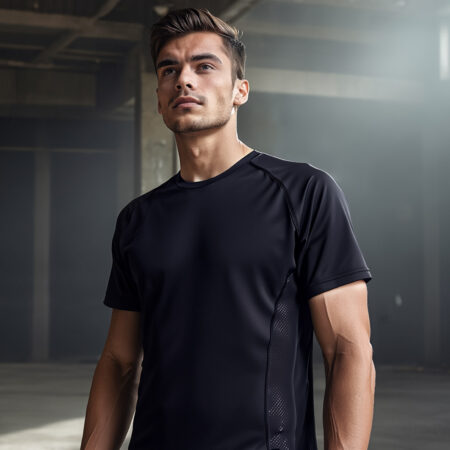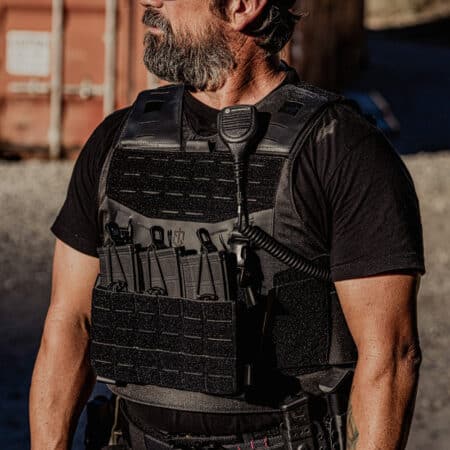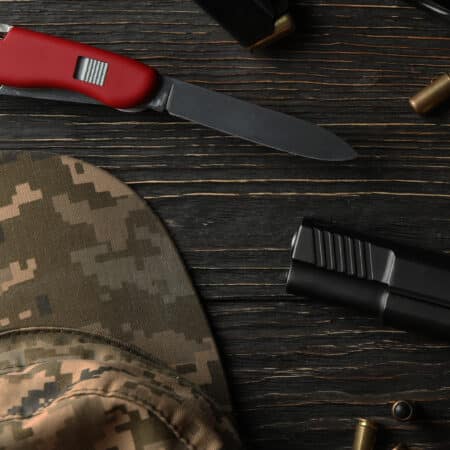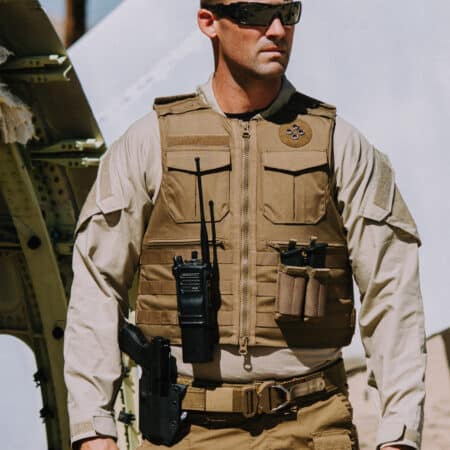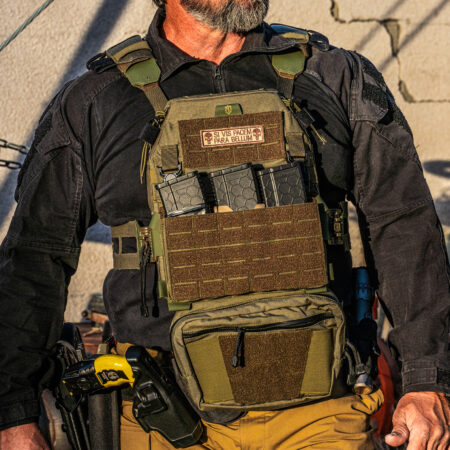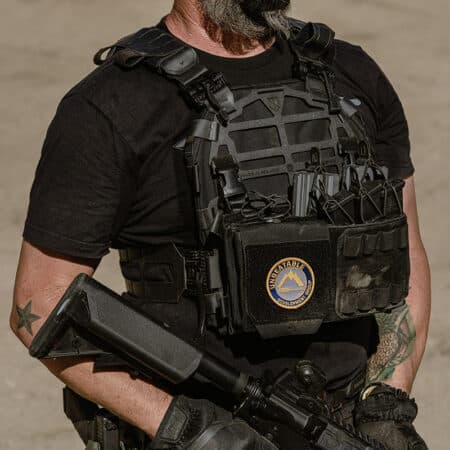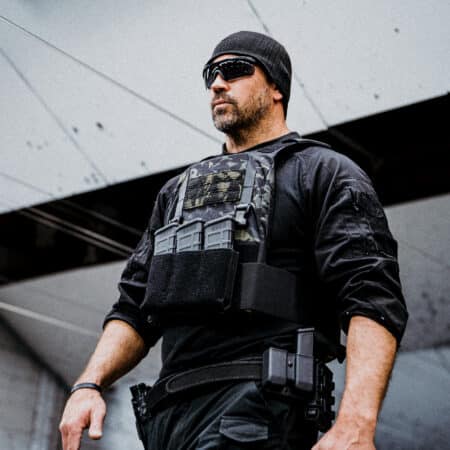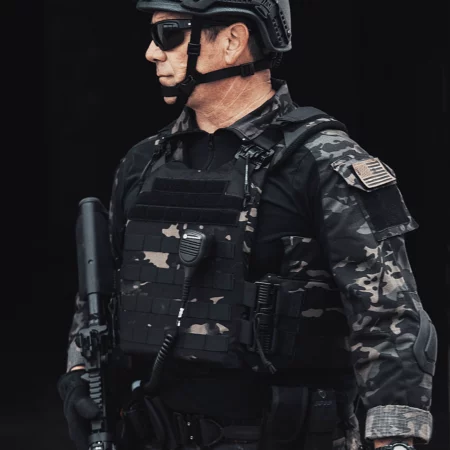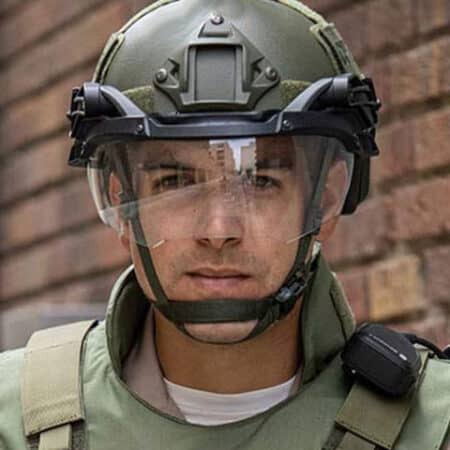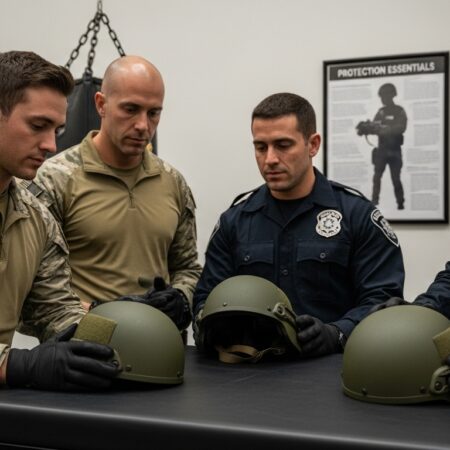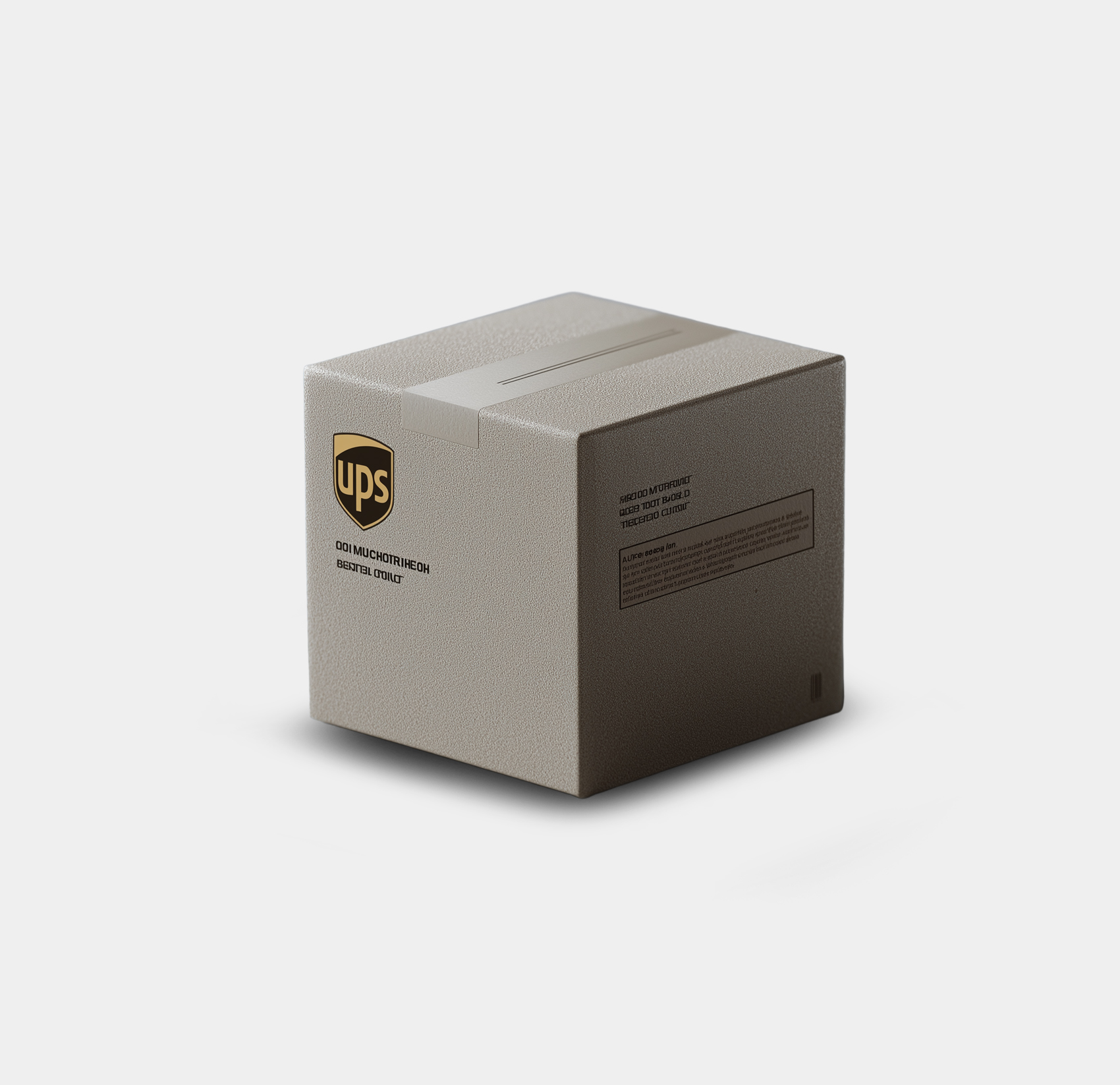Over the past few decades, Bulletproof vests have become a crucial piece of equipment for Law enforcement officials, Military personnel, and security guards. From the early Woven Silk vests used to stop arrows to the modern Ballistic vests that can stop high-velocity projectiles and absorb immense amounts of energy, the technology and science behind ballistic armor have come a long way. The first modern body armor was invented by a Polish-born inventor named Kazimierz Zeglen in 1897. Zeglen’s design was a soft, flexible vest made from layers of silk that could be worn under clothing. The silk fibers were strong enough to stop a bullet without breaking, but they were also lightweight and breathable. Zeglen’s invention quickly caught on, and within a few years, police departments and military units worldwide were using his silk vests to protect their personnel.
However, very few people know about the Science behind Bulletproof vests. So, in today’s post, we will discuss the working of bulletproof vests, how they stop bullets, and their limitations. We will also explore the materials and designs used in making these vests and how they affect their performance.

Patrol Bulletproof Vest
Bulletproof vests are used by a variety of other professionals who face a heightened risk of violence, including journalists, private security guards, and emergency medical personnel.
Key Takeaways
- Bulletproof vests are crucial for law enforcement officials, military personnel, and security guards.
- The ballistic panel is the most important part of a bulletproof vest and can be made of aramid fibers like Kevlar, Twaron, and Dyneema or hard armor panels made from Ultra High Molecular Weight Polyethylene.
- When a bullet strikes a ballistic panel, all of its energy is absorbed by the fibers, as they stretch and twist. This disperses the energy of the bullet over a large area, preventing penetration.
- Limitations of bulletproof vests: they can’t stop rifle rounds, and high-energy calibers can break a person’s ribs from the sheer impact force, even though they don’t penetrate the vest.
Different Materials used to Make Bulletproof Vests:
Bulletproof vests consist of multiple parts that are made from different materials. Firstly, you have the outer carrier, which can be made from a wide range of durable fabrics like 500D Nylon. Ballistic nylon is a heavy-duty nylon fabric designed to resist tears, abrasions, and punctures, making it a perfect fit for the outer carriers of bulletproof vests.
Soft armor panels are made from Aramid fibers like Kevlar, Twaron, and Dyneema. These fibers are woven together to form a flexible, lightweight, and bullet-resistant fabric. Soft armor panels are ideal for protecting against handgun rounds, but they may not be effective against high-powered rifles.
Flexible armor panels are well-suited for safeguarding against handgun rounds, although their efficacy may be limited when it comes to high-powered rifles.
Hard armor panels, on the other hand, are made from Ultra High Molecular Weight Polyethylene (UHMWPE), ceramic materials, or a combination of both. These panels are heavier and thicker than soft armor, but they provide superior protection against high-powered rifles and armor-piercing rounds.
What are Aramid Fibers?
Aramid fibers are a class of synthetic fibers characterized by their exceptional strength and heat resistance. These synthetic fibers are made through a chemical process called polymerization, which allows Bondable molecules or Monomers to form long chains of repeating units with extremely strong bonds. Aramid fibers were first developed in the 1960s by DuPont, a US-based chemical company, as a replacement for steel belts in radial tires. However, they soon found applications in a variety of other industries due to their exceptional properties. Today, aramid fibers are used in everything from sports equipment and racing sails to cables and ropes for offshore oil drilling.
Aramid fibers have a remarkable strength-to-weight ratio, making them up to 5 times stronger than steel on an equal-weight basis. This makes them ideal for use in applications that require high strength and durability but also need to be lightweight, such as bulletproof vests, helmets, and aircraft components. Aramids have excellent resistance to heat, flames, and chemicals. They can withstand temperatures up to 400°C without degrading or melting, and they are highly resistant to acids, alkalis, and organic solvents. This makes them a popular choice for protective clothing worn by firefighters, military personnel, and industrial workers.
In more simple words, Aramid fibers have long repeating molecular structures, which are strongly bonded to each other. This allows them to have a higher tensile strength than steel.
How do Bulletproof vests work?
The main purpose of a ballistic vest is to prevent or minimize the penetration of bullets and prevent excessive deformation of the panel on the body side. It achieves this by stopping (so-called mushrooming) the bullet and absorbing or dispersing the kinetic energy it delivers along its fibers. When a bullet strikes this panel, all of its energy is absorbed by the fibers as they stretch and twist. This disperses the bullet’s energy over a large area, preventing penetration.
However, it is important to remember that even though the bullet may not penetrate your body when you wear a ballistic vest, you will feel its impact. In some cases, high-energy calibers can break a person’s ribs from the sheer impact force, even though they don’t penetrate the vest.
To be precise, bulletproof vests are not actually “bulletproof” – instead, they are designed to be bullet-resistant, meaning they can stop most bullets from penetrating the wearer’s body. No vest can provide 100% protection against all types of bullets, and the effectiveness of a vest depends on factors like the type of bullet, the distance it was fired from, and the angle of impact.
Product Comparision
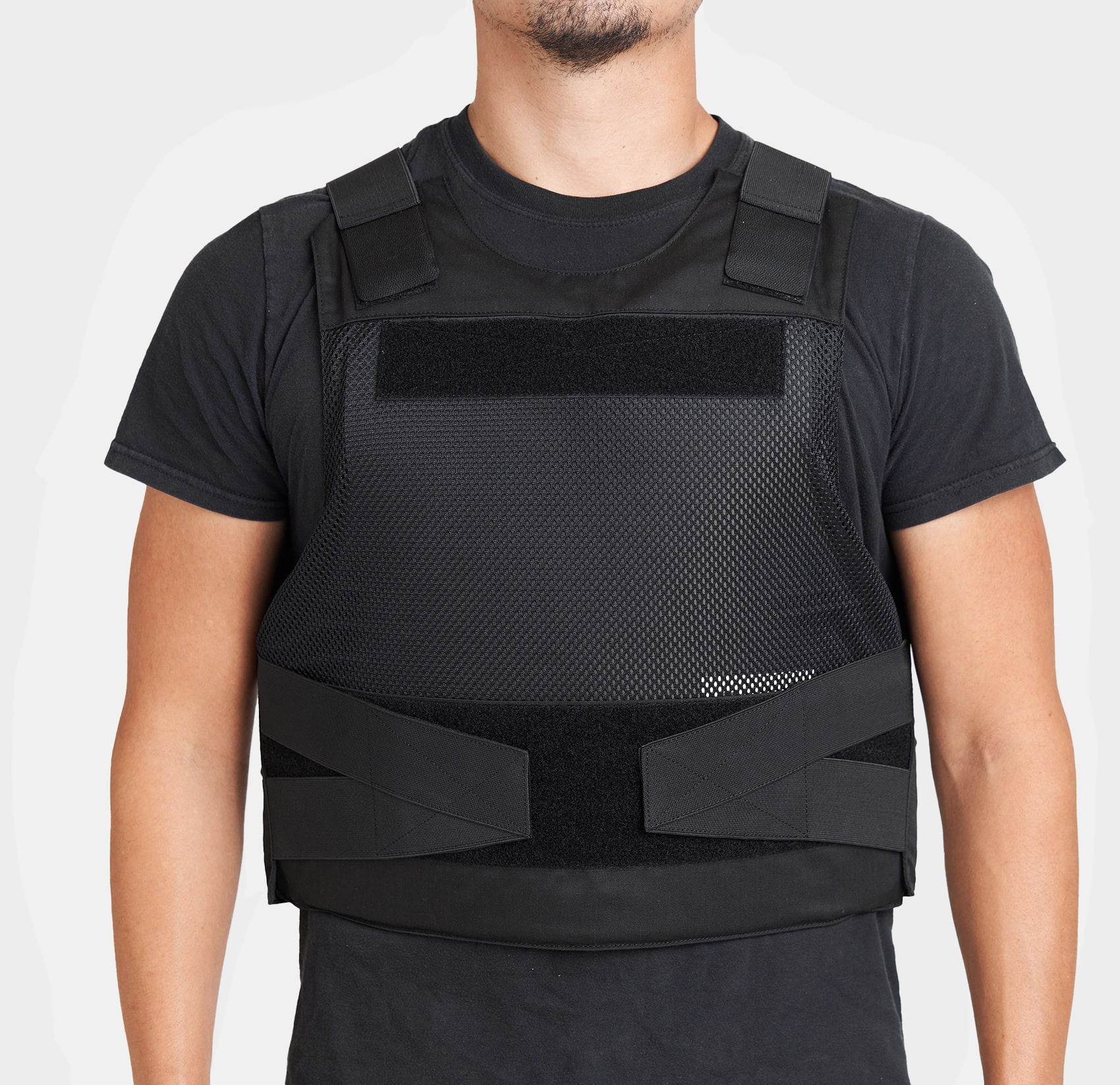
NIJ LEVEL IIIA + STAB1
STOPS UP TO .44 MAG AND SPIKE UP TO 36J OF ENERGY
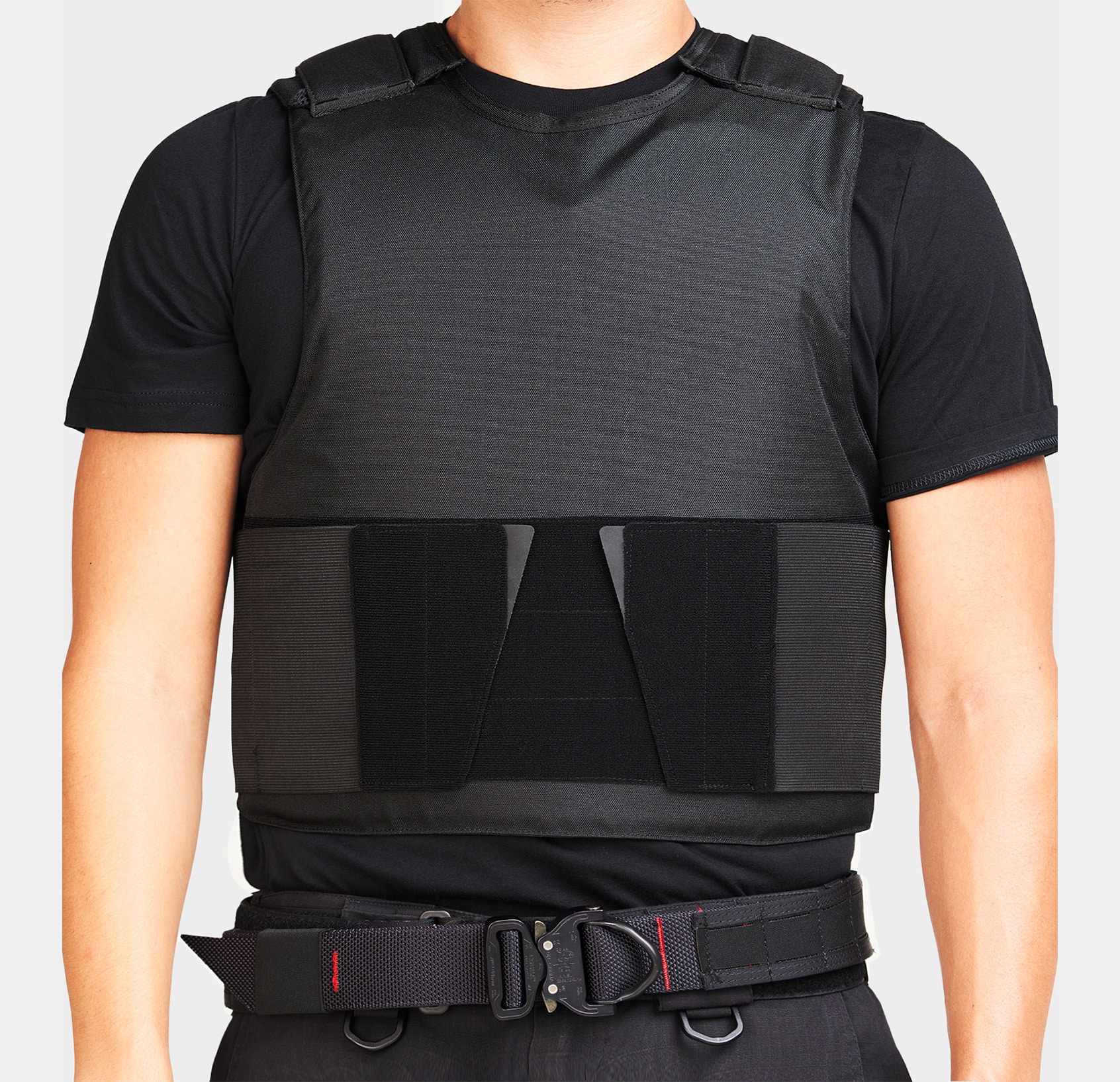
Concealable Ballistic Vest
NIJ LEVEL IIIA BULLETPROOF ARMOR PANELS
STOPS UP TO .44 MAG
Limitations of bulletproof vests:
To fully understand the working of bulletproof vests, it is important to know about their limitations as well. Bulletproof vests won’t make you invincible against all bullets, and knowing their limitations allows you to use them to their maximum effectiveness.
Bulletproof vests can’t stop rifle rounds:
The reason why bulletproof vests are ineffective against rifle rounds lies in the design of the vest itself. Most bulletproof vests are designed to stop handgun rounds, which have a lower velocity and lower kinetic energy compared to rifle rounds. Handgun rounds typically have a velocity of around 800 feet per second, while rifle rounds can travel at over 3,000 feet per second. The faster a bullet travels, the more kinetic energy it carries and the harder it is to stop.
While bulletproof vests may not be effective against rifle rounds, other options are available. One option is to use a plate carrier, which is a type of armor that can be worn over a bulletproof vest. Plate carriers are designed to hold hard ballistic plates made of ceramic or steel, which can stop high-powered rifle rounds. Plate carriers are heavier and less flexible than bulletproof vests, but they offer better protection against rifle rounds.
Bulletproof vests may fail at close ranges:
In some situations, bulletproof vests may fail when shot at from very close ranges, with high-velocity bullets. When a bullet is fired, it constantly loses energy while traveling through the air. So, at point-blank range, a bullet will have a lot more energy than it would have at 50 or 100 yards.
Moreover, at shorter ranges, bullets have a lot more energy, which can in some cases be enough to cause serious damage even without penetration. For instance, a 1 0z slug from a shotgun at point-blank range will definitely put a person out of the fight even if they were wearing body armor. In fact, at close ranges, the blunt force from bullets can even break a person’s ribs, and cause severe internal injuries.
Only some Bulletproof vests are rated to stop stabbing attacks:
Just because a bulletproof vest can stop a bullet, it doesn’t mean it can stop penetration from a knife or a spike. Ballistic vests are designed to stop projectiles moving at high speed; however, sharp knives, especially spikes, can make it through the woven fibers of bulletproof vests and penetrate the skin if they have enough force behind them. Lucklily there are solution on the market like Ace Link Armor Dual Protection Anti-stab panel that can be found in models of bulletproof vests.

PATROL LASER CUT LEVEL IIIA ANTI-STAB
For the highest level of protection, against multiple threats, Ace Link Armor offers multiple Dual Protection vests, including the Patrol Dual Protection Level IIIA Anti-Stab vest. This vest offers NIJ.06 LEVEL IIIA Protection, and can stop handgun threats up to .44 MAGNUM. It also offers level 1 Stab protection with the ability to stop knife and spike attacks with 36J of strike energy.
The Patrol Dual Protection vest also offer the following features.
- Outer Carrier Fabric: durable Nylon 6.6 500D
- 2 zipped 5×6″ pockets conveniently placed to enable access to ID Cards, Traffic Accident Templates, and spare keys, with ease.
- 2 zipped 7×6″ bigger pockets deep enough to stow handcuffs, pens or duty gloves.
- 2-way zipper pulls on the full-length.
- Hard Armor Plates pockets on front and back (underneath the first layer) fits 10×12″ armor plates.
- Built-in metal grommets for pin-on clasp back metal badges.
- Attach points on both shoulders for radio mic, camera or clip-on LED light.
- Additional tab placed in between the upper pockets for attaching radio or camera
- Space mesh interior constitutes one of the most comfortable ventilation and antimicrobial protection systems on the market.
Final Thoughts:
Bulletproof vests are made from a wide range of materials, which can have a significant impact on their effectiveness and working. Most soft armor ballistic panels used in bulletproof vests are made from Aramid fibers and other similar high-strength materials, and they can offer protection against almost all popular firearm rounds.
However, it is important to know the limitations of your bulletproof vests so that you can use them in the most effective manner possible. Hopefully, this post helps you understand how your ballistic vests work and how to use them to their potential.


